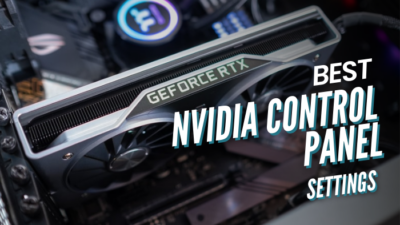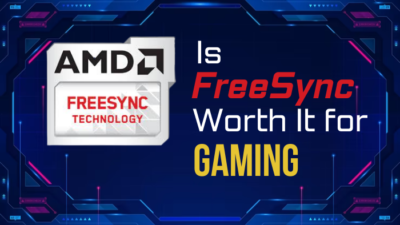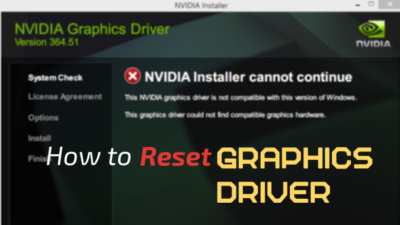When AMD or NVIDIA announces a new lineup of graphics cards, the first ones to appear in the promotional materials are the reference GPUs. These GPUs are also the first ones that become available to buy.
So how do they perform with GPUs manufactured by board partners such as ASUS or Gigabyte? Are they worth looking at when you buy your next graphics card?
That’s what I will discuss today in this article. So, if a reference card is what you are looking for, dive right into the article.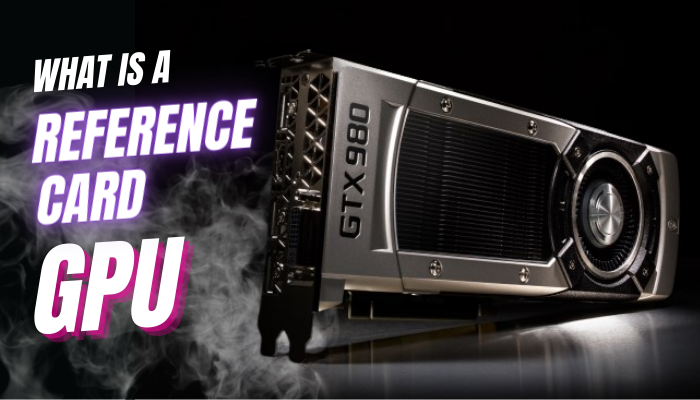
What is a Reference Card GPU?
When NVIDIA or AMD designs the architecture for a GPU, they have a few metrics in mind, such as clock speed, memory type, bandwidth, etc. The new graphics card ensures that it has all these baseline values set for a specific model.
A reference GPU is a graphics card manufactured by the people who design it. NVIDIA, AMD, and Intel, respectively, are manufacturers who design them.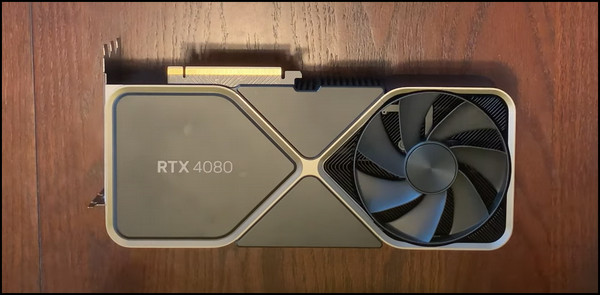 Normally, a newer generation of graphics cards becomes available to buy after a few months of the announcement. The partner’s cards release their version of the GPU after some time. During this period, the reference GPUs are the only ones you can buy at the MSRP set by the manufacturer.
Normally, a newer generation of graphics cards becomes available to buy after a few months of the announcement. The partner’s cards release their version of the GPU after some time. During this period, the reference GPUs are the only ones you can buy at the MSRP set by the manufacturer.
NVIDIA’s reference cards are also known as Founder Edition. AMD also releases its own versions of reference cards.
These are the current generation of reference GPUs that you can buy.
| NVIDIA | AMD |
|---|---|
| RTX 4090, RTX 4080 | RX 7900 XTX, 7900 XT |
| RTX 3090, 3090Ti | RX 6950 XT |
| RTX 3080, 3080Ti | RX 6900XT |
| RTX 3070 | RX 6800 XT |
| RTX 3060, 3060 Ti | RX 6700 XT |
We covered professional versus consumer GPUs in a separate article. Do check it out.
What is a Custom/Aftermarket GPU?
A custom GPU is what is made by an AIB (Add in Board) partner such as ASUS, Gigabyte, MSI, etc. They use the reference design of a GPU to mass manufacture the graphics card for consumers.
The GPU die, or its heart contains all the stream processors and transistors. NVIDIA and AMD manufacture these using their fabrication plant or a third party, such as TSMC. The AIB partner obtains this, installs them to the PCBs, and adds the coolers and heatsinks. That way, the GPU gets assembled, and consumers like us can buy and use one in our rig.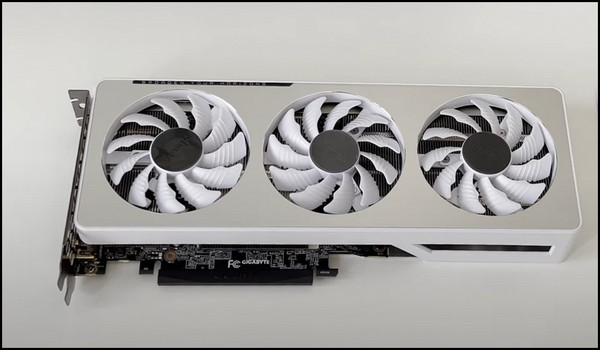 Aftermarket GPUs normally have some tweaking done to them. You will find versions that come overclocked for better performance. These are marketed as OC versions by the AIB partners.
Aftermarket GPUs normally have some tweaking done to them. You will find versions that come overclocked for better performance. These are marketed as OC versions by the AIB partners.
We have also put the Ti vs. Super GPU lineups from NVIDIA in a head-to-head fight. Do check it out to see how they perform.
How do Reference GPUs Differ from Custom GPUs?
Reference GPUs come with the stock settings imposed by the manufacturers. But with custom GPUs, the manufacturers have some leeway and implement the changes to their hearts’ content.
Let’s now look at some differences that exist between reference and custom GPUs:
Higher Memory and GPU Clock
Every class of graphics cards has a set clock speed that they need to run on. Companies such as ASUS cannot just go about and make a GPU that runs at a lower clock speed.
AIB boards generally have higher memory and core GPU clock speeds. Sometimes, specific models have factory overclock on them. To better understand this, let’s look at the clock speed for an RTX 3060 of a reference vs. a custom unit.
| RTX 3060 Founders Edition | Gigabyte Vision RTX 3060 Ti OC | |
|---|---|---|
| Core clock | 1665 MHz | 1755 MHz |
| Memory Clock | 14000 MHz | 14000 MHz |
The Gigabyte 3060 Ti mentioned here gets a nice overclock of 100 MHz over its Founders edition. The PCB has components such as better VRM and power-switching modules to support this.
Performance
Due to the clock speed boost, custom GPUs will perform better than a Founder Edition card. The GPU will be able to sustain higher loads for more extended periods of time.
Meanwhile, the Reference card will give you the most stable performance, the way NVIDIA or AMD aimed it to perform. If you want, you can apply your own overclock to these cards. And then, they can perform similarly to a custom overclocked unit.
| Shadow of the Tomb Raider | 3060 Ti Founders Edition | Gigabyte 3060 Ti Gaming OC |
|---|---|---|
| 1080p | 170 | 171 |
| 1440p | 115 | 117 |
| 4K | 59 | 61 |
Custom GPUs typically perform 5–10% faster than a Reference card. This amount strictly depends on the overclock and the cooling that is present.
Read more on can Motherboard Bottleneck GPU?
Power Consumption
Reference card GPUs will consume less electricity than custom cards. This is due to higher clock speeds and overclocking present. With any overclocking present, you should expect the power draw to be greater.
Let’s take the RTX 3060 Ti as an example. The Founders edition draws 208 W during peak gaming. When idle, it draws only 8 watts, and it consumes 15 W when playing videos or browsing the web.
The overclocked version of RTX 3060 Ti consumes approximately 256 W during gaming. This value remains the same during the stress testing. Similarly, the card draws 9 W when idling and 18 W when running less intensive tasks.
Cooling
This is where a custom GPU shines. Manufacturers equip the OC units with large heatsinks and multiple cooler fans. This reduces the GPUs overall temperature to below 80 degrees even while running the games at maximum settings.
Meanwhile, Founders edition cards normally come with a single blower-style fan. With the RTX 30 series GPUs, NVIDIA used two fans, and AMD also implemented this approach with their 7000 series cards.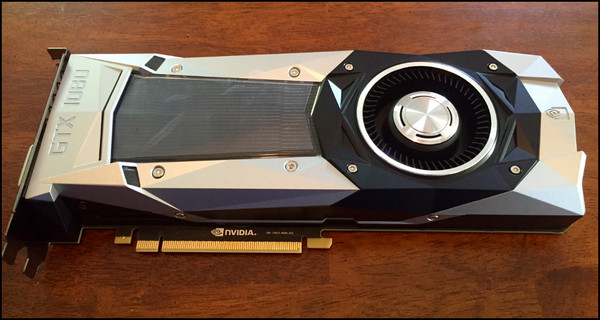
Blower fans are less efficient at cooling than axial fans on custom GPUs. And a single fan is not enough to dissipate all the heat. As a result, we see higher temperatures during gaming.
Coming back to the RTX 3060 Ti, here are the average temperatures during gaming.
| Founder’s edition | Gigabyte RTX 3060Ti OC | |
|---|---|---|
| Idle | 39°C | 43°C |
| Gaming | 73°C | 62°C |
Noise is where the Reference GPU is able to keep things silent. Both GPUs can remain at 0 dB during normal workloads as the fans can stop spinning altogether.
While gaming, the fans on a Founders edition produced noise of 30 dB, while the Gigabyte RTX 3060 Ti produced a slightly higher 35 decibels.
You may also like to read about why is my GPU usage so low?
Design
Reference GPUs are unbeatable when it comes to aesthetics. Take the RTX 30 series Founders edition, for example. It is a thing of beauty if you ask me. If you own one, you would want to use a vertical mount and put it on display.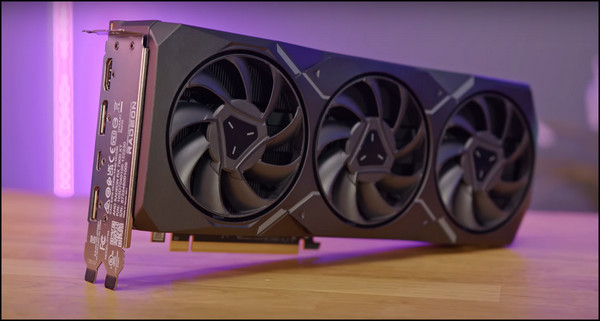
Custom GPUs have their own styling that is unique to a manufacturer. ASUS ROG Strix has a unique design common among its different generations. Colorful also makes some great-looking GPU inspired by the Sakura tree blossoms. They are really unique and complement well with an all-white build.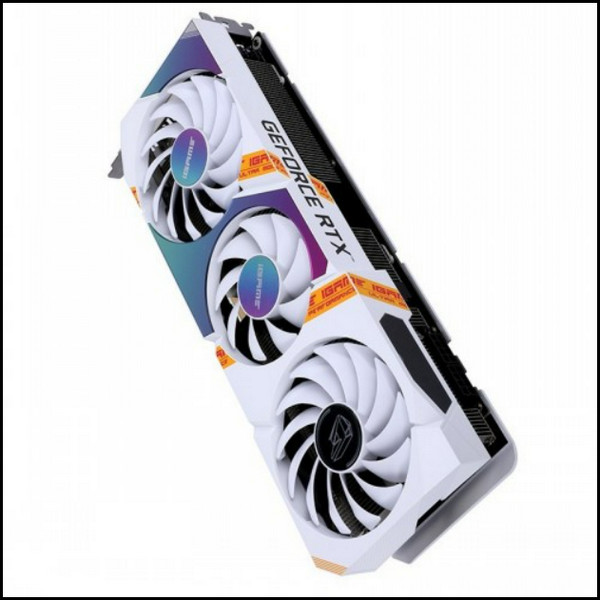
In short, there are many graphics cards, and the designs are endless. So choose a design that you like and one that complements your build.
Compatibility with Cases
Reference cards fit well with most cases. These use a two-slot design and hence fit in most cases. Meanwhile, the RTX 4090 is an exception here.
Custom GPUs can vary wildly in size. You can go from a single-slot, low-profile GTX 1650 to a four-slot Gigabyte Aorus RTX 4090 Master. If you haven’t seen it, just google it. When placed vertically, it is just short of a few inches of a freaking PS5.
So, before buying a GPU, you must ensure it fits inside your case. Measuring a case’s insides and the clearance you get should help you out.
Pricing and Availability
Reference cards are priced lower than custom GPUs. When a manufacturer announces a new GPU, reference cards are the ones that become available instantly. However, over the course of a GPUs lifetime, the reference cards become less available in stock.
In comparison, custom cards are priced both equally and greater than reference cards. But if you want overclocking and the fastest GPU performance, get ready to shell out more from your pocket. And as for availability, you can expect them to be in stock as long as the manufacturer produces the units.
Frequently Asked Questions
How do you tell if a GPU is a reference card?
A reference GPU has its unique design and comes with a blower-style fan. You can sometimes find NVIDIA or AMD’s logo in the GPU’s PCI-e connector. Or do a quick google search, and you will get the design based on the model.
Are reference cards better?
Reference cards normally have less cooling than aftermarket cards. And they perform lesser than overclocked cards. But reference cards are normally priced less than aftermarket cards.
Final Words
Reference GPUs are made to showcase how specific GPUs should perform in real-life. These are a great way to get in the latest generations of graphics cards without paying a price premium. Plus, they have their design pomps too.
So, will your next GPU be a Founders edition card? Do tell us what you think of them in the comments below.
Until that time, it’s a goodbye.


